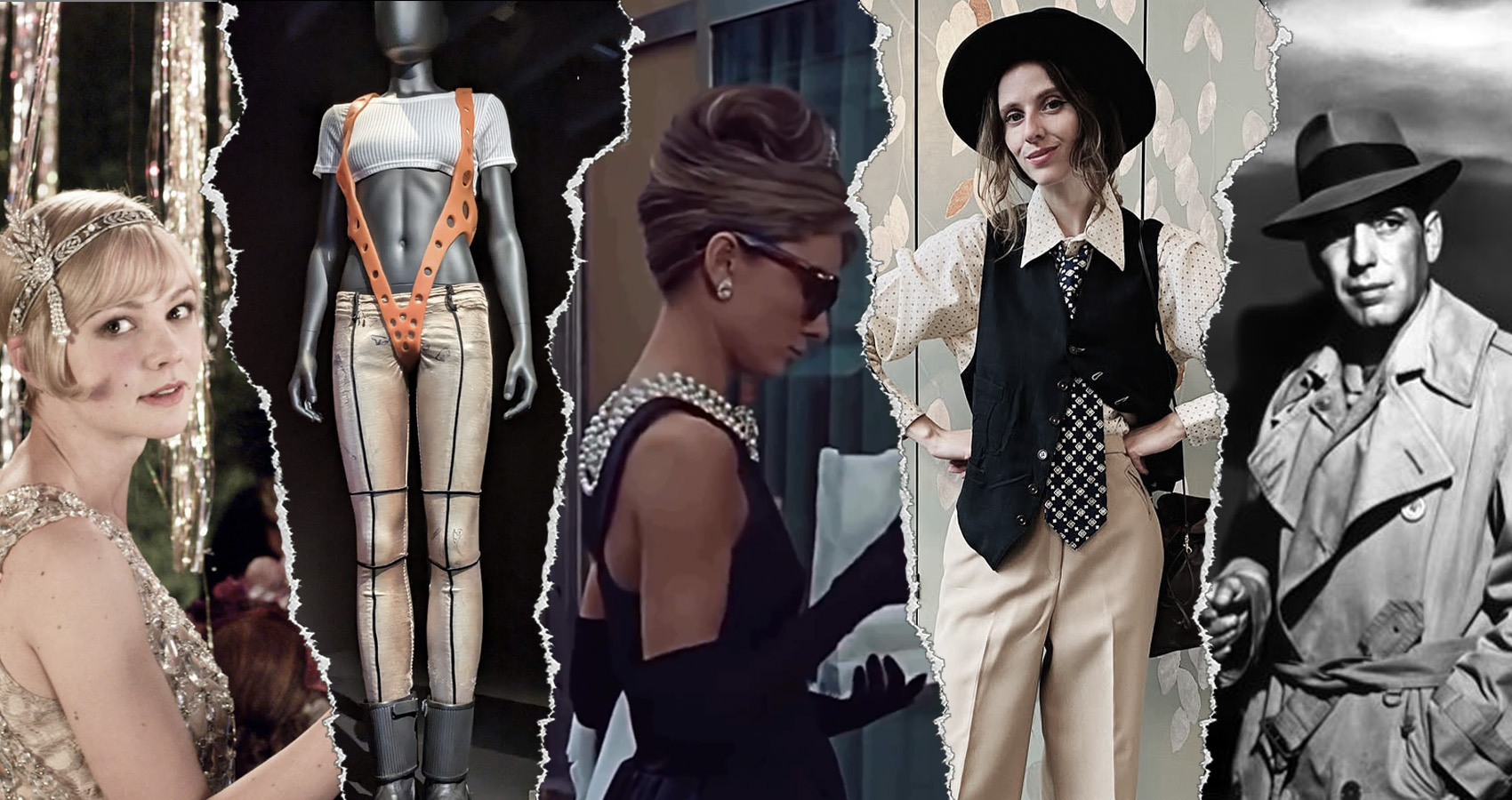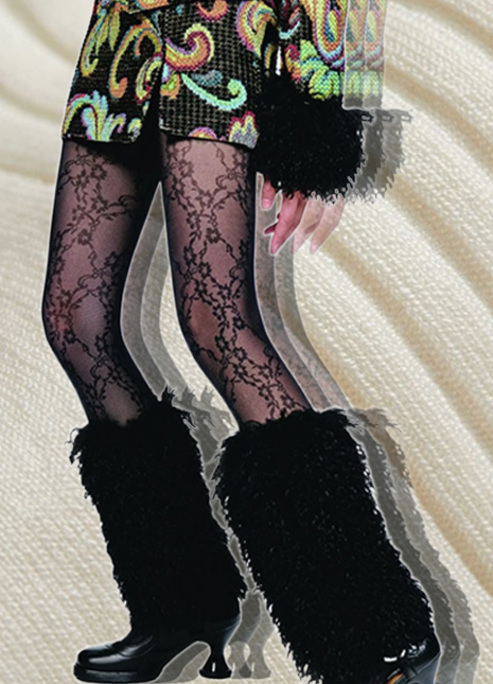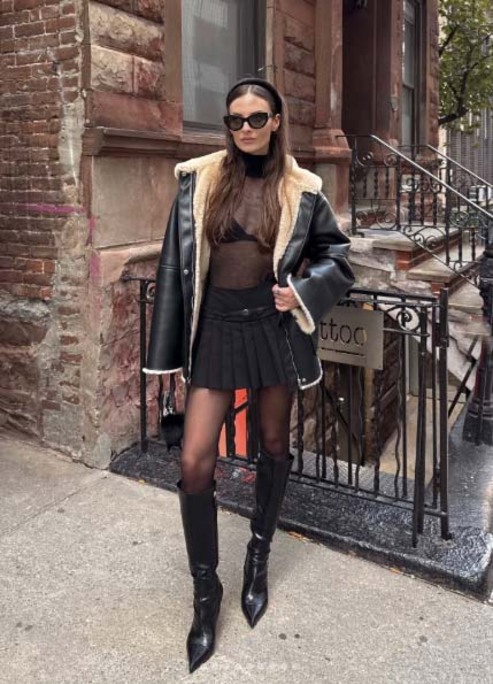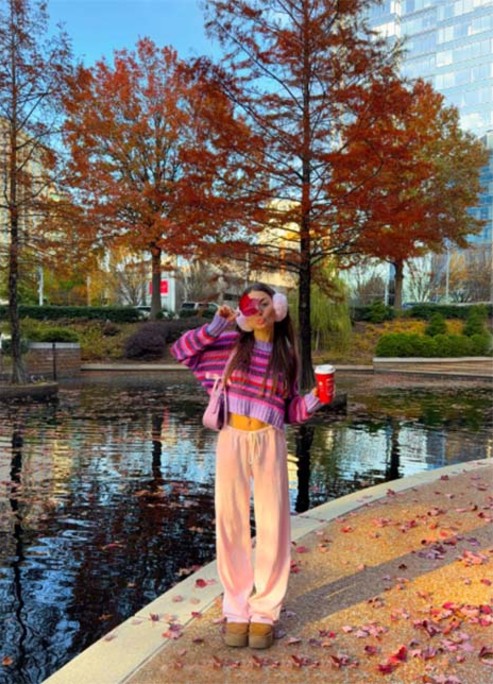
Cinematic Wardrobes: Iconic Fashion Moments That Shaped Film History
Iconic movie costumes that shaped fashion trends and pop culture.
Fashion in film is more than just clothing, it is storytelling. Every outfit chosen for a character serves a purpose, whether it defines their personality, sets the mood, or influences global style trends. So, this article will explore some of the most unforgettable fashion moments in film history and their lasting impact on both cinema and the fashion world.
Timeless Elegance: Audrey Hepburn and the Enduring Power of Classic Fashion
Some fashion moments in cinema transcend time. Audrey Hepburn’s little black dress in Breakfast at Tiffany’s (1961) is perhaps the most famous example. Designed by Hubert de Givenchy, the sleek, sophisticated gown defined elegance. It turned the little black dress into a timeless wardrobe essential that remains a staple today.
Similarly, Humphrey Bogart’s beige trench coat in Casablanca (1942) became a symbol of effortless masculinity. The trench coat, with its understated sophistication, captured the essence of the film noir era. Over the decades, this piece has remained a must-have in both men's and women's fashion.
Both Breakfast at Tiffany’s and Casablanca showcase how film costumes can go beyond the screen. They create looks that define generations and continue to inspire designers and fashion lovers worldwide.
Redefining Gender Norms: The Power of Androgynous Fashion in Film
Some of the most influential cinematic wardrobes have challenged conventional fashion norms. Diane Keaton’s portrayal of Annie Hall in Annie Hall (1977) introduced an androgynous aesthetic that revolutionized women’s fashion. Oversized blazers, vests, and wide-legged trousers became synonymous with individuality and self-expression.
This movement extended beyond Annie Hall. Films like The Matrix (1999) took fashion to the next level with a futuristic cyberpunk style. Kym Barrett’s use of long leather coats, black sunglasses, and structured silhouettes not only defined the film’s dystopian world but also left a mark on real-world fashion.
Opulence and Extravagance: The Art of Period Costumes
Few films capture the beauty of historical fashion quite like The Great Gatsby (2013). Catherine Martin’s costumes brought the Roaring Twenties to life with flapper dresses, beaded gowns, and rich accessories.
Every piece reflected the excess, ambition, and social divide of the Jazz Age. Beyond fashion, this era was closely tied to luxury, entertainment, and high-stakes environments the elements of which remain influential up to this day. Interestingly, the dramatic feel of films like The Great Gatsby has spilled over into other entertainment areas. Notably, those who like to play online slots can find a variety of games echoing this theme. Some of the most popular titles are Rascal Riches or variations like Rage to Riches.
Similarly, Black Panther (2018) redefined historical fashion by fusing tradition with futurism. Costume designer Ruth E. Carter took inspiration from African cultures to create the film’s wardrobe. She blended tradition with innovation to imagine a technologically advanced Wakanda. The film’s costumes redefined representation and identity in fashion.
Futuristic Fashion: When Cinema Meets High Fashion
Some films redefine fashion with bold, futuristic designs. The Fifth Element (1997), whose main designer was Jean-Paul Gaultier, blended high fashion with sci-fi. Leeloo’s bandage outfit became an instant pop culture icon.
Another interesting example is Blade Runner (1982), where costume designer Michael Kaplan crafted a dystopian yet stylish vision of the future. The film’s mix of trench coats, neon accents, and industrial textures shaped sci-fi aesthetics of the era.
The Lasting Influence of Film Fashion
Movie costumes do more than dress characters, they tell stories, capture moments in time, and influence how we see fashion. From the timeless elegance of Breakfast at Tiffany’s to the bold creativity of The Fifth Element, film fashion has shaped both cinema and style.











